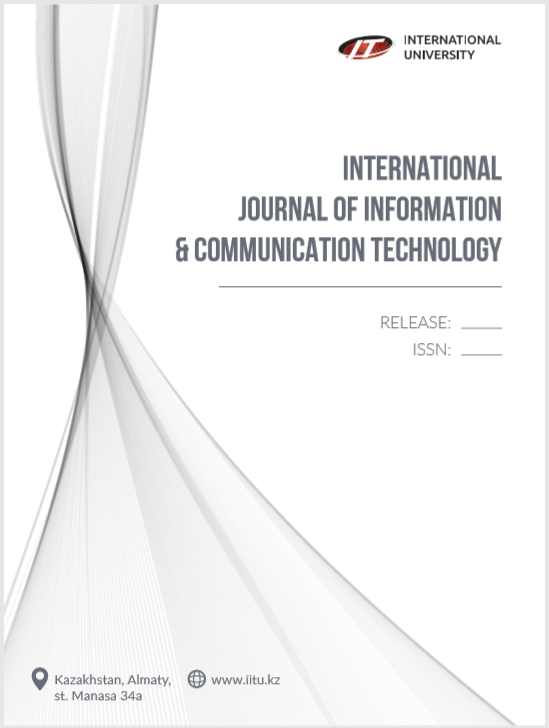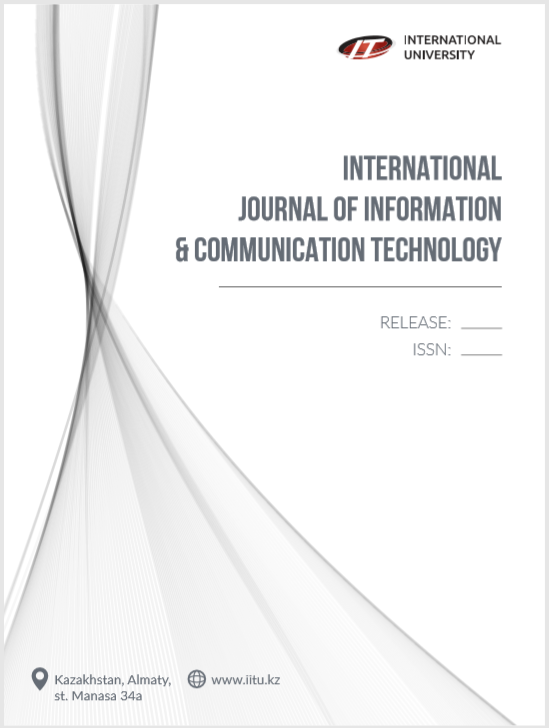MACHINE LEARNING METHOD FOR INVERSE HEAT CONDUCTION PROBLEMS
DOI:
https://doi.org/10.54309/IJICT.2021.05.1.008Keywords:
inverse modelling, machine learning, neural network, heat conduction equation, the heat transfer coefficient, numerical methodsAbstract
Investigated in this work is the potential of carrying out inverse problems with linear and non-linear behavior using machine learning methods and the neural network method. With the advent of ma-chine learning algorithms it is now possible to model inverse problems faster and more accurately. In order to demonstrate the use of machine learning and neural networks in solving inverse problems, we propose a fusion between computational mechanics and machine learning. The forward problems are solved first to create a database. This database is then used to train the machine learning and neural network algorithms. ИНФОКОММУНИКАЦИЯЛЫҚ ЖЕЛІЛЕР ЖӘНЕ КИБЕРҚАУІПСІЗДІК International Journal of Information and Communication Technologies, Vol.2, Issue 1, March, 2021 69 + + The trained algorithm is then used to determine the boundary conditions of a problem from assumed meas-urements. The proposed method is tested for the linear/non-linear heat conduction problems in which the boundary conditions are determined by providing three, four, and five temperature measurements. This re-search demonstrates that the proposed fusion of computational mechanics and machine learning is an effec-tive way of tackling complex inverse problems.
Downloads
Downloads
Published
How to Cite
Issue
Section
License
Copyright (c) 2021 International Journal of Information and Communication Technologies

This work is licensed under a Creative Commons Attribution-NonCommercial-NoDerivatives 4.0 International License.
https://creativecommons.org/licenses/by-nc-nd/3.0/deed.en


